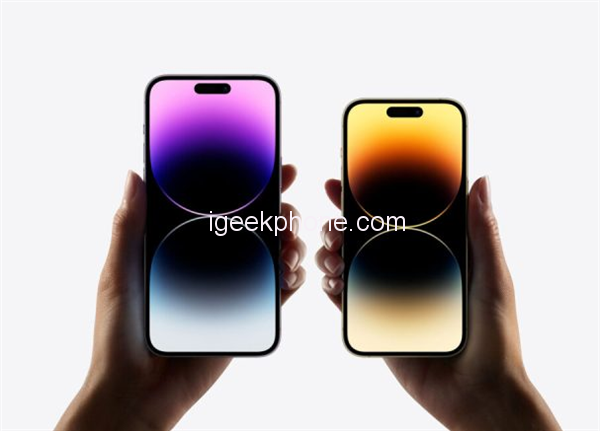Apple is set to unveil its highly anticipated iPhone 15 with A17 models this year, promising notable advancements in technology. The iPhone 14 Pro series currently utilizes the A16 chip, while the iPhone 14 series still relies on the A15 chip, albeit with enhanced GPU performance compared to last year’s entire iPhone 13 lineup.
Apple may continue this trend of differentiation in the future. The forthcoming A17 chip is expected to feature TSMC’s cutting-edge 3nm process. However, it is worth noting that there are various versions of TSMC’s 3nm process, including N3B, N3E, N3P, N3X, and N3S.
During its initial stage, the A17 chip will utilize the N3B process, which has been specially tailored for Apple and exclusively offered to the company. This version exhibits improvements across all aspects when compared to the N5 process. Nevertheless, it suffers from the drawback of high production costs and low yield rates.
The iPhone 15 Pro and iPhone 15 Pro Max will be the first to incorporate the A17 chip with the N3B process. Meanwhile, the standard iPhone 15 and iPhone 15 Plus models will continue to feature the A16 chip.
It is anticipated that sometime next year, Apple will introduce the A17 chip with the new N3E process. This transition is expected to lower production costs and improve yield rates, albeit at the expense of energy efficiency. It remains uncertain whether this compromise in energy efficiency will result in significant performance and battery life reduction. Additionally, it is unclear whether the A17 chip with the N3E process will support a higher core count, similar to the iPhone 14’s A15 chip.
As for the iPhone 16 Pro and iPhone 16 Pro Max, they will naturally benefit from the more advanced A18 chip.
Read Also: How to Enable StandBy Mode on iPhone with iOS 17
In conclusion, Apple’s forthcoming iPhone 15 with A17 models represent the company’s commitment to technological advancement. The introduction of the A17 chip with TSMC’s 3nm process showcases Apple’s dedication to pushing the boundaries of performance and efficiency. While the initial deployment of the A17 chip will utilize the N3B process with its notable improvements, there are plans to transition to the N3E process in the future to optimize production costs. The upcoming iPhone lineup presents intriguing possibilities and raises questions regarding the trade-offs between energy efficiency, performance, and battery life, which will undoubtedly shape the user experience in the years to come.
Do not forget to follow us on our Facebook group and page to keep you always aware of the latest advances, News, Updates, review, and giveaway on smartphones, tablets, gadgets, and more from the technology world of the future.









